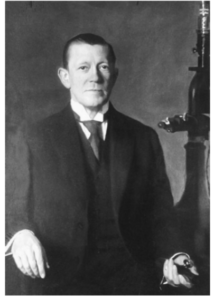How to find a full-text article?
Hello, Young Researchers!
I’m back with another interesting article. When someone is starting their career in research, the most common research block they would face was finding a full-text article. It might seem very simple to the experienced persons, but a nightmare to the young students. I felt the same when I was doing a literature review for the graduation project. Hence I thought this topic would be of immense help to the young researchers.






